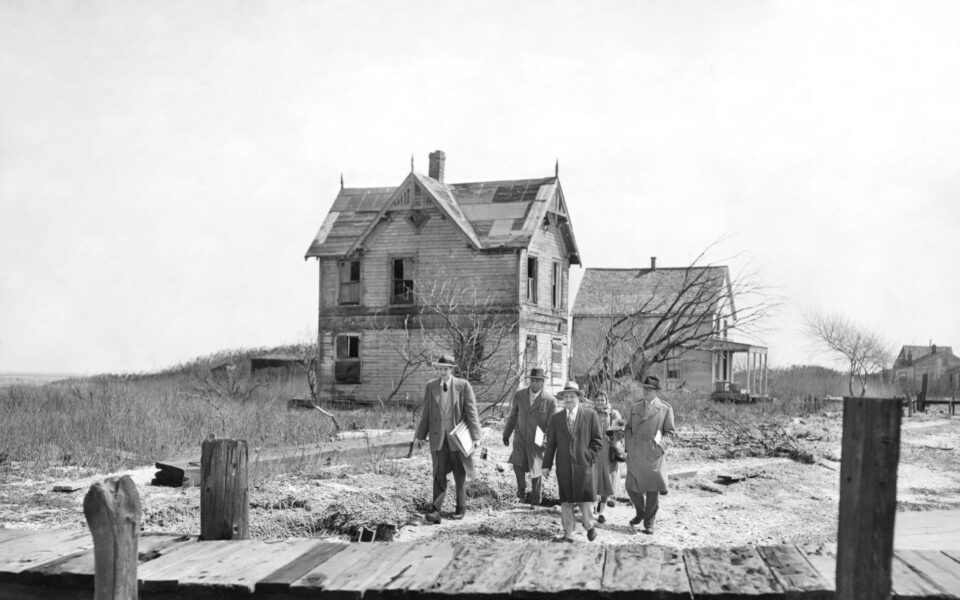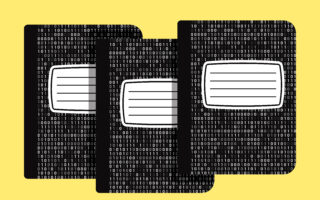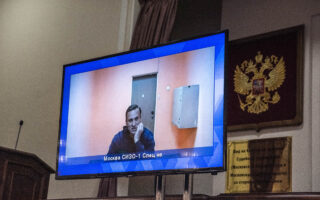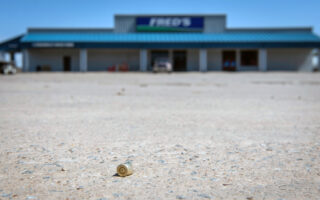Seven decades later, the 1950 census bares its secrets

Early on Friday, 72 years after enumerators began knocking on the doors of some 46 million American houses and apartments, the federal government is making public what they learned: the ages, incomes, addresses, ancestry and a trove of other facts about the 150.7 million people who were counted in the 1950 census.
Those millions of census forms, painstakingly filled out by hand in ink, are being posted online by the National Archives and Records Administration, which by law has kept them private until now. The records, searchable by name and address, offer an intimate look at a nation on the cusp of the modern era – for the merely curious, a glimpse of the life parents or grandparents led, but for historians and genealogists, a once-in-a-decade bonanza of secrets unveiled.
“This is the Super Bowl and the Olympics combined, and it’s only every 10 years – it’s awesome stuff,” said Matt Menashes, the executive director of the National Genealogical Society. “What’s so great about these points of data is that it helps you paint a picture – not just relationships, but what society was like.”
The last release of similar data was in 2012, when the National Archives made details of the 1940 census public. The government has imposed a 72-year ban on the release of census records since 1952, when the Census Bureau turned over to the National Archives all the data it had collected since the first census in 1790.
The searchable data being released includes not just census forms, but also counts of Native Americans who were tallied on separate Indian Reservation Schedules.
The broad outlines of the 1950 census results have long been public, of course, reflecting the burst of economic and population expansion in a nation flush with optimism after victory in World War II. The United States had grown by nearly 15% in just one decade, and nearly 1 in 10 people lived in New York. Nevada, with just 160,000 residents, was the least populous state.
The baby boom was in full swing: 3.6 million children were born that year, some 18,000 more than in 2020, when the nation’s population was more than twice as large. The average family earned $3,300 – about $38,800 in 2022 dollars.
It was a time when gasoline cost 18 cents a gallon. Interstate highways were but a gleam in future President Dwight D. Eisenhower’s eye. Milton Berle’s “Texaco Star Theater” was such a runaway television hit that movie houses closed for lack of business during its Tuesday evening time slot, even though fewer than 1 in 10 households owned a television.
About 140,000 census-takers, or enumerators, fanned out across the country that April for what would be the last complete house-to-house canvass; the next census in 1960 was conducted largely by mail.
Compared to the nine questions asked in the 2020 head count, the 1950 list was exhaustive – up to 38 questions, from mundane queries about age, sex and race to deeper dives into people’s occupations, incomes, military status, education and ancestry. Married women were asked how many children they had borne, and children born between January and April of 1950 were tallied on special “infant cards” – another 17 questions long.
The infant cards were not retained. But answers from the census forms were coded onto punch cards and tabulated, for the first time, on a UNIVAC I computer, 16,000 pounds and 5,000 vacuum tubes of calculating muscle. Then the census forms were photographed, transferred to nearly 6,400 microfilm rolls and shipped to the National Archives for a 72-year rest.
The rolls contain only the front side of the census forms. The reverse, which held answers to a litany of questions about the condition of places where respondents lived, were not preserved.
The images being released Friday are digitized versions of the microfilm records that have been scanned with special optical character recognition software to locate and translate handwritten names and addresses into searchable text. Mistakes are inevitable, and the National Archives is asking those who view the forms to report errors.
Leading genealogical groups, however, are not waiting for corrections to trickle in. The for-profit genealogical firm Ancestry.com plans to immediately download and scan the census forms using its own character-recognition software. Then Family Search, a nonprofit group sponsored by The Church of Jesus Christ of Latter-day Saints, intends to marshal volunteers to inspect and correct the results, a process that is likely to take several months.
“We have about 400,000 volunteers that index records all the time,” said David E. Rencher, chief genealogical officer at Family Search. “For a project like this, where we rally the community, we’ll get a bump, probably several hundred thousand, just to do this.”
That army is but one indicator of the national fascination with tracing family histories, a passion that Menashes traces to the 1977 television miniseries “Roots,” which explored the journey from enslavement to freedom of the ancestors of author Alex Haley. The program dovetailed with the dawn of the computer era and with it, the ability to search literally billions of genealogical records online.
Experts in the field call genealogical records an important window on history. But deep down, they say, the records scratch an itch among most people to learn about their predecessors, uncover surprises and locate the occasional black sheep.
“Everybody has a natural curiosity about family history,” Rencher said. “It doesn’t mean you want to become a family historian. But there needs to be a place where you can go when you’re curious and say, ‘I wonder what my family was doing in 1950?’”
Taneya Koonce, president of the Nashville, Tennessee, chapter of the Afro-American Historical & Genealogical Society, said she would be online early Friday looking for records of her grandparents, who lived in North Carolina. But she said the 1950 records are likely to be of special interest to many African Americans because they help document the great migration of Black families from the rural South to the industrial cities of the North.
“The census is such an important foundational body of information to have when you’re doing family history,” she said. “You can explore what was going on in the neighborhood at the time, how much income the family was bringing in, where a person was born.”
Menashes said the records would provide his first look at his parents, who were young children in New York City in 1950. “For me, it’s interesting, first of all, to know their addresses,” he said. “New York’s archives have this wonderful imagery of streetscapes in the ’40s and ’50s. It’s amazing to be able to connect an address to what a place looked like.”
And Rencher, who was adopted, said he will try to fill in blank spots about his birth family in Pennsylvania.
“There are still things about the 1950s that are a mystery to me,” he said. “I have a half-sibling out there somewhere. Who knows?”
This article originally appeared in The New York Times.






